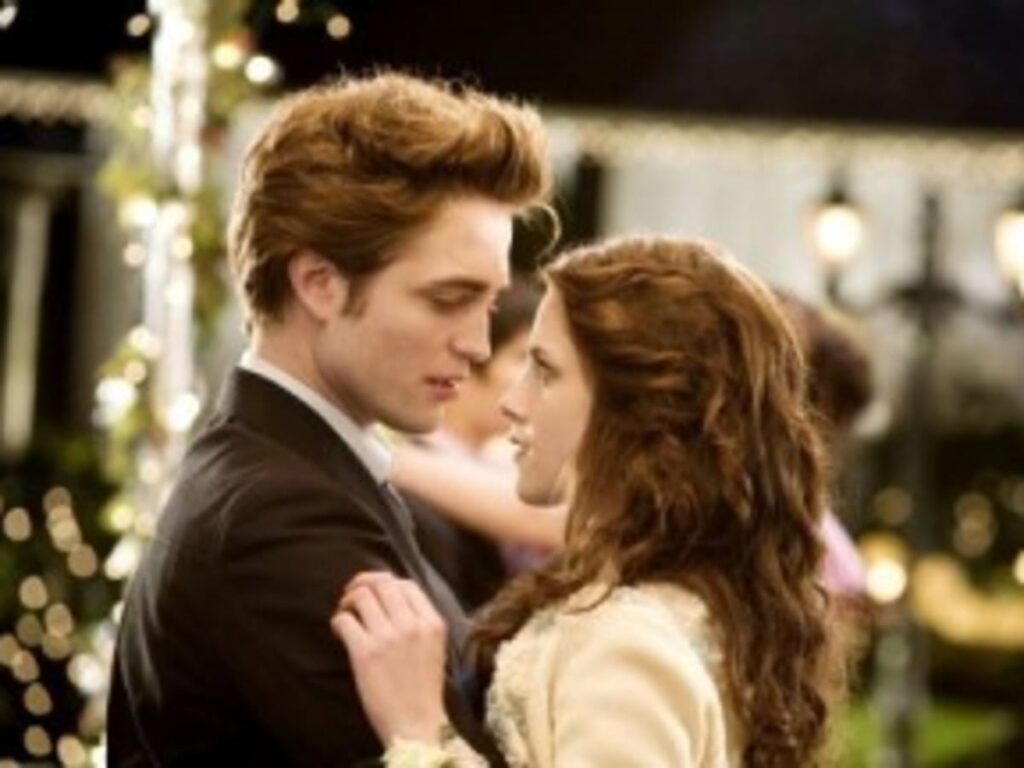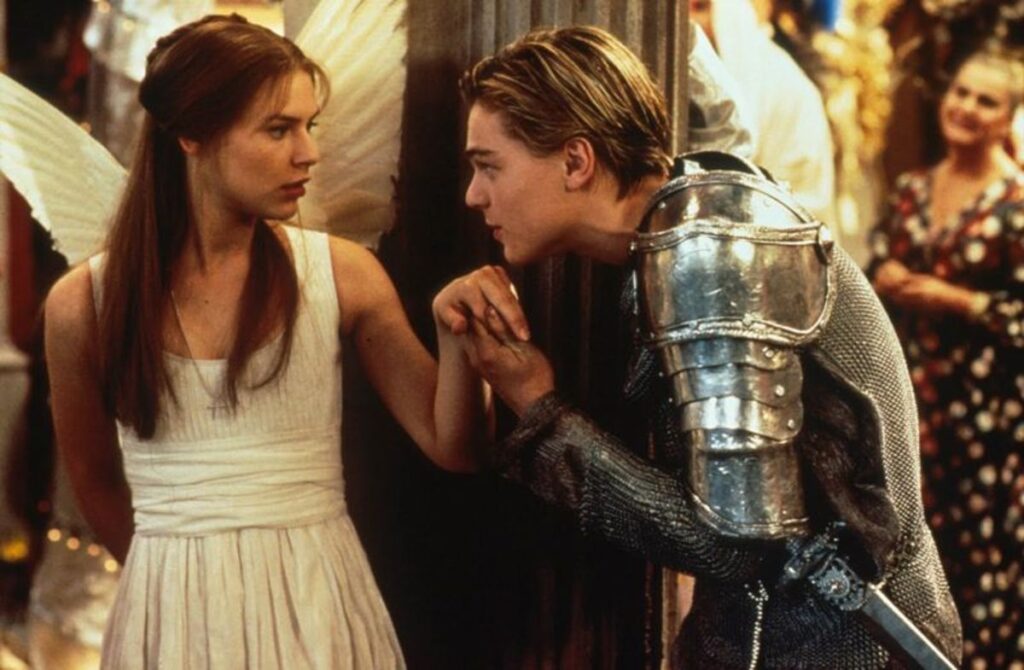Do you know how to write a great love interest? You know that feeling when you’re watching a movie and the character has captured your heart?
That’s what it feels like to be wrapped up in someone else’s world, but they make such an impact on ours too.
There is also something compelling about them – whether it’s their smile or falling head over heels for another person who makes both of their worlds seem brighter than ever before.
How do we write these love interests into our stories so not only are they believable characters with whom audiences can connect to? I’ll explain how to write a great love interest that hooks people into the character.
The Key to Creating Believable Characters: Knowing Your Protagonist Very Well

Know your protagonist very well before getting carried away imagining the ideal love interest.
To write a match that works, you need to examine what this person could provide for them and it’s important ask yourself some questions about him or her: What kind of lover will help fulfill my character’s needs?
What moral values do they hold dear- how might he/she teach me new ways in life if possible?! And finally…what makes these two characters leave their mark on each other?
It’s also worth thinking about the love interest in terms of what you can show through how they interact with your protagonist.
How will they affect his/her life? How does he/she act around them? How do they behave when alone together? How do their personalities complement each other?
And if your story calls for it, what kind of betrayal will your protagonist face from this love interest? How will it change the course of the story and his/her life? How will your protagonist respond?
How does this change who they are? How do they grow as a result of this incident?
When it comes to creating the perfect (or perfectly flawed) love interest, how you approach them is up to you. The one thing that matters, however is that it entertains your readers.
Don’t go overboard adding in unreasonable romantic gestures, don’t over-complicate your prose or dialogue and remember that it is not about you.
Constructing The Inner Journey

Next, introduce the love interest in a way that is already setting them up as an opposite. How does your protagonist normally behave? How do they usually feel about things?
How do other characters treat them and what kind of relationships do they have with others? How does this contrast with how they are treating their new love interest?
Then, what does the character fantasize about in terms of what they want in life?
How would this dream or ideal match up to their real-life actions or words when it comes to the love interest who is turning them into someone better than before?
For instance, say you have a character who acts rudely towards people because she doesn’t know any better.
She has had bad experiences with people so she has stopped trusting others to the point where she doesn’t know how to behave in a good relationship.
How could her love interest show her that there is really nothing to be afraid of and that people aren’t just going to hurt her without good reason?
How do you turn someone into a better person while still showing that they have power?
How do you make it so your character knows what is going on but does things because they want to rather than because the other character is manipulating them against their will?
This can also work in reverse. How does your protagonist usually behave when meeting new people, how do they generally treat others, and what kinds of relationships already exist for them?
How does this compare with how they are acting around their love interest?
How is this character turning your protagonist into someone better than they were before and what kind of relationship would they like to build with them?
How do their desires differ from the reality of what is really happening between them?
How does this help define who these characters are and how they see themselves—and each other?
If you want, you can compare and contrast both of their idealized versions of themselves while showing that their attraction to each other is real.
The most important thing to remember when writing a love interest is how it will affect your protagonist.
A good love interest doesn’t just come in and change the life of the protagonist for some contrived reason—something has to happen so that your character can be okay with letting another person into their life.
How have they been before? How will they be after? How does this person help them grow as a character and as a person?
How do they bring out the best in your protagonist by accentuating both their flaws and strengths?
What is it that would never happen if the love interest wasn’t there to make it happen—especially considering what your protagonist’s normal day-to-day behavior is like?
If you can answer these questions, then you should be good to go! Just remember, don’t let the relationship define either of your characters and always make sure that it pushes them towards becoming better people.
Having someone around to encourage the best qualities within your protagonist is an easy way to endear any reader or viewer to them.
Things To Avoid When Writing Love Interests

While you want to write a character that your reader will fall in love with, there are some common mistakes you should avoid when writing their love interest.
Watching certain types of Hollywood blockbusters, you may notice a pattern emerging – Where sometimes the love interest exists merely to boost a certain protagonist’s sex appeal, desirability, bravery or intelligence.
This (usually) beautiful but passive character exists as a prize for the protagonist to win. They probably agree with everything the protagonist says and plays a sidekick role in any action.
Unfortunately, this type of romance adds little to the developing story or character arcs. They’re merely an idealized object.
And what a waste!
While this might also be true for your characters, it is important to make their love interest stand out from other types of characters in similar stories.
How you do this will change depending on whether your character is a hero or villain, but there are some guidelines that you can follow which will help create a stronger story overall.
1) Don’t make them emotionless sex dolls
An all too common mistake made by amateur writers is to write their romantic leads as nothing more than instruments for their own gratification – using any female character who speaks longer than 5 words as merely sex fodder for the leading man.
While it may seem like an easy solution at first glance, this is hardly an ideal love interest.
How would you like it if the person who was supposed to be your lover treated you in such a way? How is this likely to make the reader feel? How could it even show up in their character arc?
So, instead of immediately sexualizing your characters, let them actually have some depth and development!
A good place to start with developing female leads is by having them act independently of male leads for once – Have her change something about herself that doesn’t involve him at all.
If you want her to learn how to fight, have her take lessons without him there.
Not only does this give the protagonist less control over the situation (and thus avoiding turning him into a Gary Stu), but it makes her more relatable and likable.
2) How to write a strong love interest with internal conflict
So let’s say you want your character to appear as attractive and flawless as possible (a popular goal with most romances).
How can you make them stand out from the rest of the crowd? How can you show that they’re different? How can their story ‘beat’ become more than just another interchangeable romance novel trope?
A good way to do this is by making them face an internal conflict, even if it’s only minor compared to the external conflicts within the main storyline.
This will give readers something more than physical beauty or charm – it’ll give readers something deeper.
How does this affect where we place them on the character’s ‘desirability’ scale? How does this affect the character arc? How does it impact their relationship with other characters or even the protagonist?
3) How to write a love interest who isn’t a significant other
Part of what makes most Hollywood romances so unrealistic is that after being introduced to one another, the male and female leads usually fall for each other almost immediately.
However, unless you’re writing a very short story or novella, this will seem extremely unlikely.
How would you feel if someone came up to you on the street and asked if they could take you home with them? So how do we fix this problem?
We can either make our lead characters not instantly become lovers (which would make sense in some stories), or we can make the love interest not be someone our protagonist will end up with.
How do these changes make things different? How does it affect their character arc, and how would they impact the relationship between the characters (especially if you don’t allow your lead to get together until after a major event)?
Of course, what you choose to do – and especially why you choose to portray your romantic interests as such – is entirely up to you.
However, it’s worth noting that doing this will give your story more depth and provide an opportunity for both character and reader development.
Conclusion

How a love interest is set up can depend on the type of person you want them to be, the POV character and the genre.
How you write it depends on whether or not you’re writing from their perspective or that of another character.
How they progress through your story depends on how long they will be around for, if there are any obstacles in their way and what role they have to play in your main character’s world.
How you test them will depend on the stakes you’ve laid out for them and how firm those stakes are. How to write a great love interest involves the love interests meeting, falling in love, being challenged and then either breaking up or staying together.
How to write a great love interest lies within you as the writer. How to write a great love interest lies within your imagination.
It lies within your grasp. So as a final word of advice: take your time with developing a great love interest because readers won’t forgive you if you don’t.
Related:

Leave a Reply